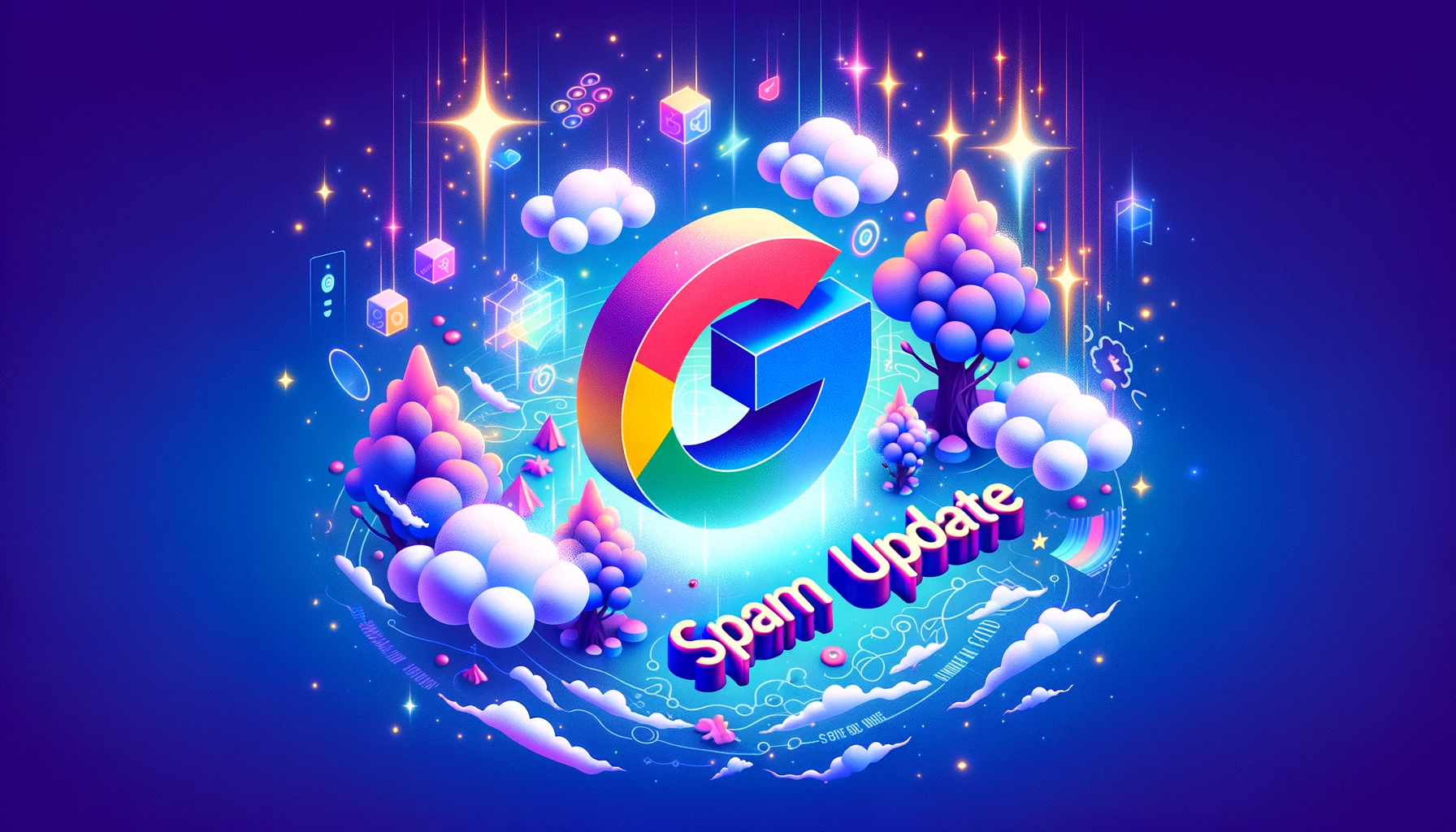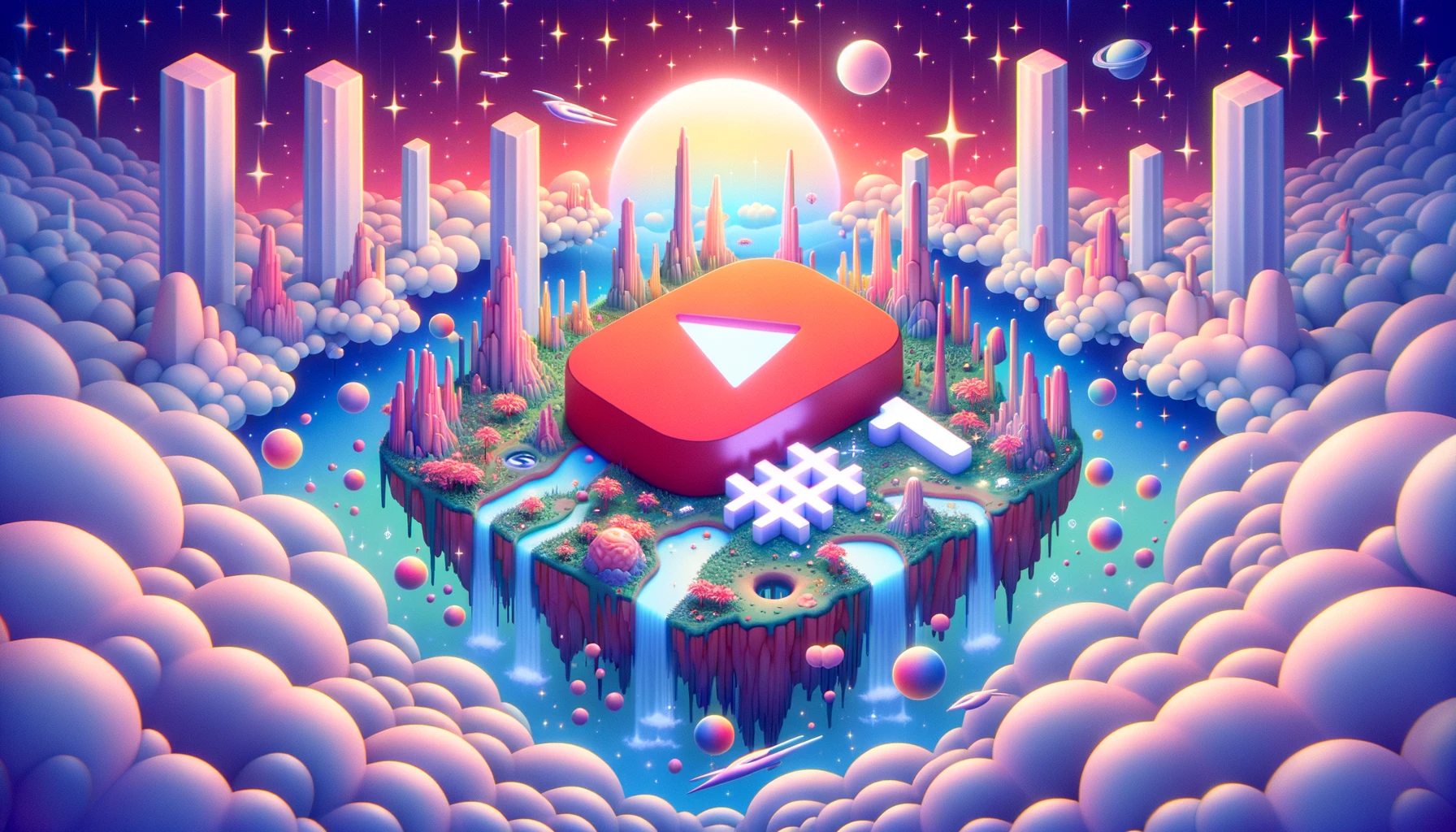Explore the exciting world of artificial intelligence with key developments this week. Unveiling Gemini 1.5 from Google Deep Mind, Open AI’s cutting-edge Sora and chat GPT New Memory Feature, Karpathy’s departure, Sam Altman’s AI ambitions, and the Stable Cascade from Stability AI.*
Google’s Deep Mind’s Gemini 1.5
Gemini 1.5, hailed as a significant breakthrough from Google’s Deep Mind, has advanced the prospects of AI. The updated model employs the Mixture of Experts (MoE) architecture, enabling the segregation of complex processing tasks amongst smaller, specialized language models. This scientifically ingenious method has led to more efficient handling of large language models.
The major upgrade in Gemini 1.5 is the phenomenal increase in its token context window. From 32,000 tokens in the predecessor 1.0 version, the 1.5 model can now handle up to a staggering one million tokens. This augmented data processing capacity transforms the analytical scale and speed of the AI.
Moreover, Gemini 1.5 displays an improved understanding across multiple platforms or modalities. It demonstrated its evolving capabilities by analyzing a full-length silent movie and identifying intricate plot points—a feat credited to its expanded context window.
Open AI’s Sora
Following Gemini’s announcement, the AI stage was further set ablaze by Open AI’s revolutionary Sora. This groundbreaking AI text-to-video model exhibited unprecedented realism in the generated videos. The sheer magnificence and implications of Sora’s abilities have captured the attention of AI enthusiasts worldwide.
Sora’s startling capabilities challenge the realm of imagination. It can generate finely detailed and realistic videos, extending up to sixty minutes. From perfectly illustrating drawings of a lighthouse to transforming text into interactive Minecraft videos, Sora’s powers are multifaceted. Its production of images with resolutions up to 2048×2048 outperforms those of the current market favorite, Dolly 3.
Open AI’s Chat GPT New Memory Feature
In the line of AI advancements, Open AI introduced a noteworthy memory feature in its chatbot, Chat GPT. The new function equips the chatbot to recall information from previous interactions— thereon enhancing the contextual comprehension of future conversations. This memory feature promises to deliver a more personalized and progressively intelligent experience to users.
While currently limited in access, interested users can navigate the “Settings” option to check the “Personalization” tab. Open AI has also introduced the “Temporary Chat” option for incognito-like browsing, ensuring user data safety.
Departure of Andrej Karpathy from Open
Continuing the week’s news, leading AI talent Andrej Karpathy announced his departure from Open AI. Having co-founded the organization and contributing significantly to its fame and growth, Karpathy’s exit caused a stir in the AI circles.
Apparently, Karpathy plans to concentrate on personal projects following his departure. His articulate and insightful explanations have previously enlightened many complex AI concepts. Consequently, his future contributions are eagerly anticipated in the AI community.
Sam Altman’s AI project and funding
Sam Altman, a renowned name in AI, made headlines with his ambitious project aiming to manufacture AI chips. However, speculations regarding his quest for a colossal $7 trillion in funds were clarified as a misinterpretation. The massive figure represents an estimate of the overall investments for including every aspect ranging from real estate to actual chip manufacturing.
Introduction of Stable Cascade from Stability AI
The week brought yet another feather in the AI cap—Stability AI’s Stable Cascade. The Stable Cascade model emerged as a robust contender in generative arts. It remarkably blended perfect alignment with the prompt and aesthetically pleasing output. Moreover, it offered faster speeds, making it a model to reckon with.
Capping the remarkable achievement, Stable Cascade could also process image prompts and generate similar images, flaunting its capabilities in multimodal arts. This model’s ability to generate clear and comprehensible text within images sets a new benchmark in the realm of AI models.
Conclusion
This week in AI undoubtedly overflowed with path-breaking developments and announcements. From updates on models to personal shifts, the AI landscape experienced a whirlwind of activity. These advancements bring us one step closer to unraveling the infinite potential of AI.
Despite the pace of the evolutions, the sophistication and capabilities that AI models are gaining are noteworthy. Although the future landscape of AI is challenging to predict, one cannot deny that it’s an exciting time to witness and be part of AI’s journey!
FAQs
**Q1.** What improvements did Gemini 1.5 introduce over its predecessor?
**A:** Gemini 1.5 introduces the Mixture of Experts (MoE) architecture, meaning it can handle a larger language model more efficiently. The token capacity has also dramatically improved, from 32,000 tokens in the 1.0 version to a million in 1.5. Plus, its understanding across multiple platforms or modalities has significantly augmented.
**Q2.** What is Open AI’s Sora, and why is it groundbreaking?
**A:** Sora is Open AI’s AI text-to-video model that can generate detailed and realistic videos up to sixty minutes long. What makes it revolutionary is that its data visualization capabilities are extraordinarily diverse and accurate. This model creates images of the same, if not better, quality than Dolly 3.
**Q3.** How does the ‘memory feature’ in Open AI’s Chat GPT work?
**A:** The ‘memory feature’ in Chat GPT enhances the bot’s capability to recall information from previous interactions, thereby improving its understanding of subsequent conversations with the user. It allows the model to deliver a more personalized and intelligent user experience.
**Q4.** What are the implications of Andrej Karpathy’s departure from Open AI?
**A:** As a significant contributor to AI and a co-founder of Open AI, Karpathy’s departure is undoubtedly a considerable loss. However, his decision to focus on personal endeavors suggests exciting prospective contributions to the community’s understanding of AI.
**Q5.** What are Sam Altman’s plans with his ambitious AI project?
**A:** Sam Altman aims to manufacture AI chips, thus decreasing the dependence on Nvidia. Although there was confusion regarding the proposed investment, the project presents a significant advancement in AI.
**Q6.** How does the Stable Cascade model stand out among other AI models?
**A:** With its ability to beautifully blend prompt alignment with aesthetics in output, Stable Cascade is highly impressive. It can process image prompts, generates clear text within images remarkably, and offers faster generation speeds in comparison to several existing AI models.
Use AI, Stay Ahead!
Exciting developments in AI are transforming the world. With tools like Gemini 1.5 from Google’s Deep Mind, Open AI’s versatile Sora model, and many more, it is clear – our future is AI-powered! Keep reading, stay updated, and let’s leverage the power of AI together. If you found this information helpful, share it across your social media platforms to let everyone in on the AI action! Read more AI content here.



